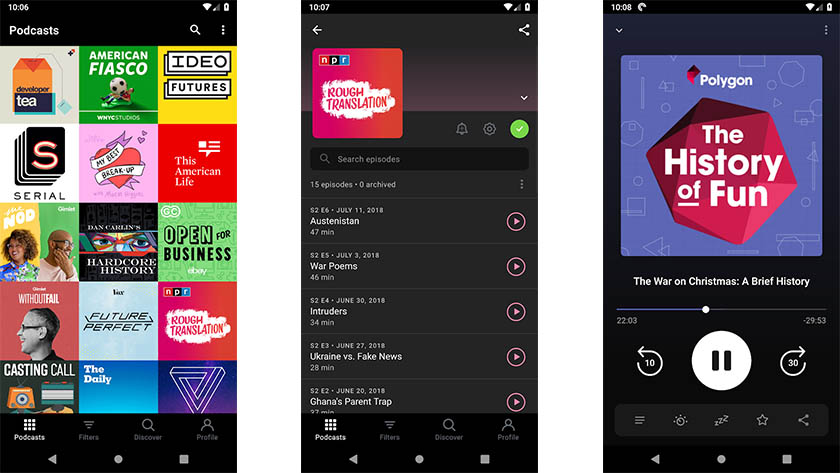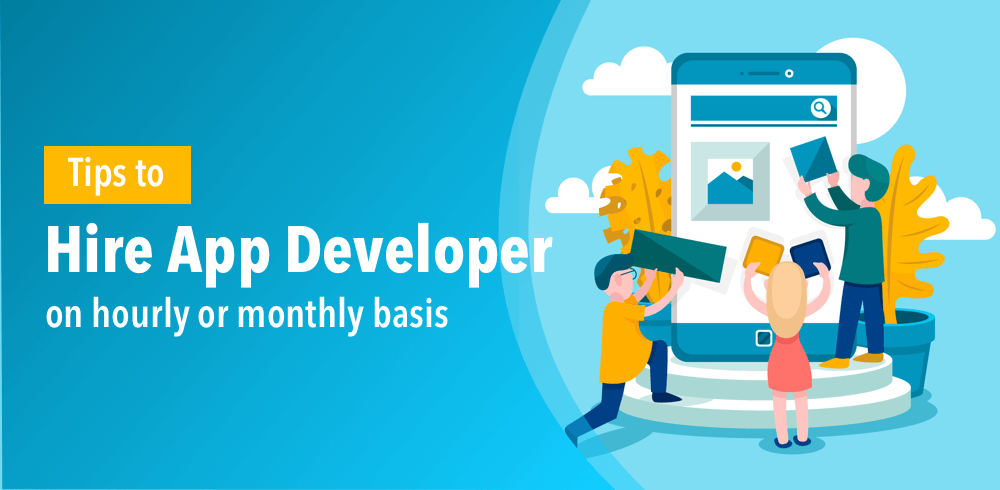Apps developed on any particular cloud hosting platform are known as cloud-native apps. The applications are designed to be compatible with cloud computing architecture and have cloud-specific characteristics. They contain “microservice architecture”, which enables efficient distribution of resources.
The cloud platform-native applications are different from other applications in their designs. Compared to other applications that rely on the cloud platform, native cloud applications change optimally as per the cloud environment. The native apps are well-equipped to utilize the cloud platform benefits completely.
There are various benefits in utilizing cloud-native apps. They are cost-effective, portable, reliable, easily manageable, and independently scalable.
As per azure consulting, the maximum potential of the native apps can be brought out by designing them with the five-part system, namely, automation, monitoring, documentation, incremental changes, and implementation of failure simulation. The apps’ are developed using Kubernetes, Docker, GitLab CI/CD, and Terraform.
FEATURES OF CLOUD-NATIVE APPLICATIONS
The native applications of the cloud platform have essential distinguishing features such as API exposure, testing, and application design.
- The API exposure feature of the native apps enables smooth communication between various app services; this ensures the acceptance of service requests and the returning of data. Four elements make API exposure function smoothly in the platform: throttling, data caching, circuit breakers, and API versioning.
- Throttling manages heavy traffic that happens on the platform. The system refuses calls during times of overwhelming traffic. The system contributes significantly to reducing DoS and DDoS attacks in the application. Azure consulting services are welcoming the throttling system due to its ability to increase the application functionality by multifold.
- Data caching is used for dual purposes; service execution and circuit breaking mechanism. The system reduces the workload of looking up stored information to validate any user by caching only the relevant information and returning the other data.
- Circuit breakers also contribute to the reduction of traffic in the application. This feature functions by stopping the requests from servers that take significant time to load and simultaneously allowing other requests from faster servers; this enables the application to process legitimate requests quickly.
- API versioning ensures that the updates on the application have the relevant functionality; those with the latest updates of the application will have comparatively different functionality than those with the previous update of the application. Azure consulting services usually demonstrate the API versioning during service demonstration.
- Testing the apps aims to ensure the highest quality to clients. The 3-phased testing includes integration testing, client testing, and performance testing. The QA team of the organization performs the testing; the team has limited members, and they usually check the applications in the final stage of app development. Based on the level of performance, the team will approve for launch or assign for rework in the organization.
- The application design of the cloud platform-native applications replaces the traditional architecture of the application. Updating/ replacing any part of the code in a traditionally built application is challenging; the update might affect other parts of the application. However, the native applications are segmented, and thus they ease the process of updating. The benefits of the new architecture in the native applications include:
- Independent updating of microservice.
- Reduction of overhead integration.
- Easier handling of erratic workloads.
- Simplified QA testing.
CONCLUSION
Native applications of the cloud platform have high benefits due to their in-built features that increase the efficiency and functionality of the applications. The native applications rely on the cloud platform’s features; thus, choosing the cloud platform with rich features is essential.




